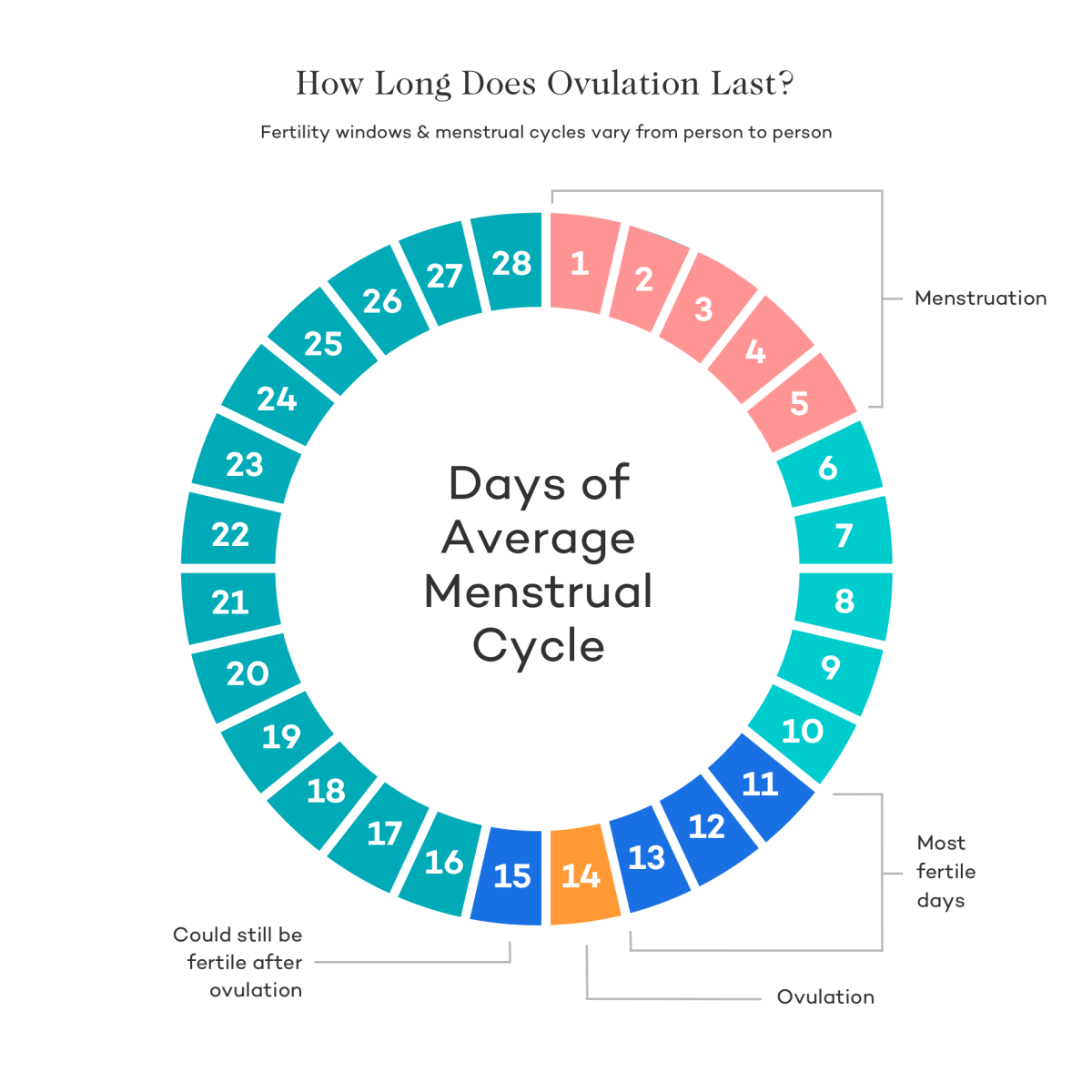The Fascinating Journey: Ability to Conceive and Parenthood
– Most women get pregnant within a year of trying, with around 1 in 3 getting pregnant within a month of trying.
– Around 1 in 7 couples have difficulties getting pregnant.
– More than 8 out of 10 couples where the woman is under 40 will get pregnant within one year if they have regular unprotected sex.
– More than 9 out of 10 couples will get pregnant within 2 years.
– The Pill does not cause infertility, but it may cover up conditions linked to infertility.
– Lifestyle factors can affect fertility.
– Make an appointment with a GP if you haven’t conceived after a year, or sooner if you are over 36 or have a known fertility issue.
– Low sperm count, medical issues, and irregular or no periods can affect fertility.
– General practitioners (GPs) will ask about lifestyle, health, and medical history to assess the situation.
– Medication, lifestyle, and habits are also considered.
– Unexplained infertility is when no reason has been found for fertility problems.
– If trying to conceive for more than two years, IVF may be offered.
– Both partners will be offered fertility tests.
– Tests for men include a semen test to measure quantity and quality of sperm.
– Tests for women may include hormone level checks, evaluation of ovarian response to fertility drugs, and examination of fallopian tubes.
– Treatment options depend on the underlying cause and availability in the local area.
– Three main types of fertility treatment are mentioned: ovulation-improving drugs, surgery for blockages or growths in the reproductive system, and assisted conception methods like IUI and IVF.
– The Fertility Network UK provides support and forums for those affected by infertility.


